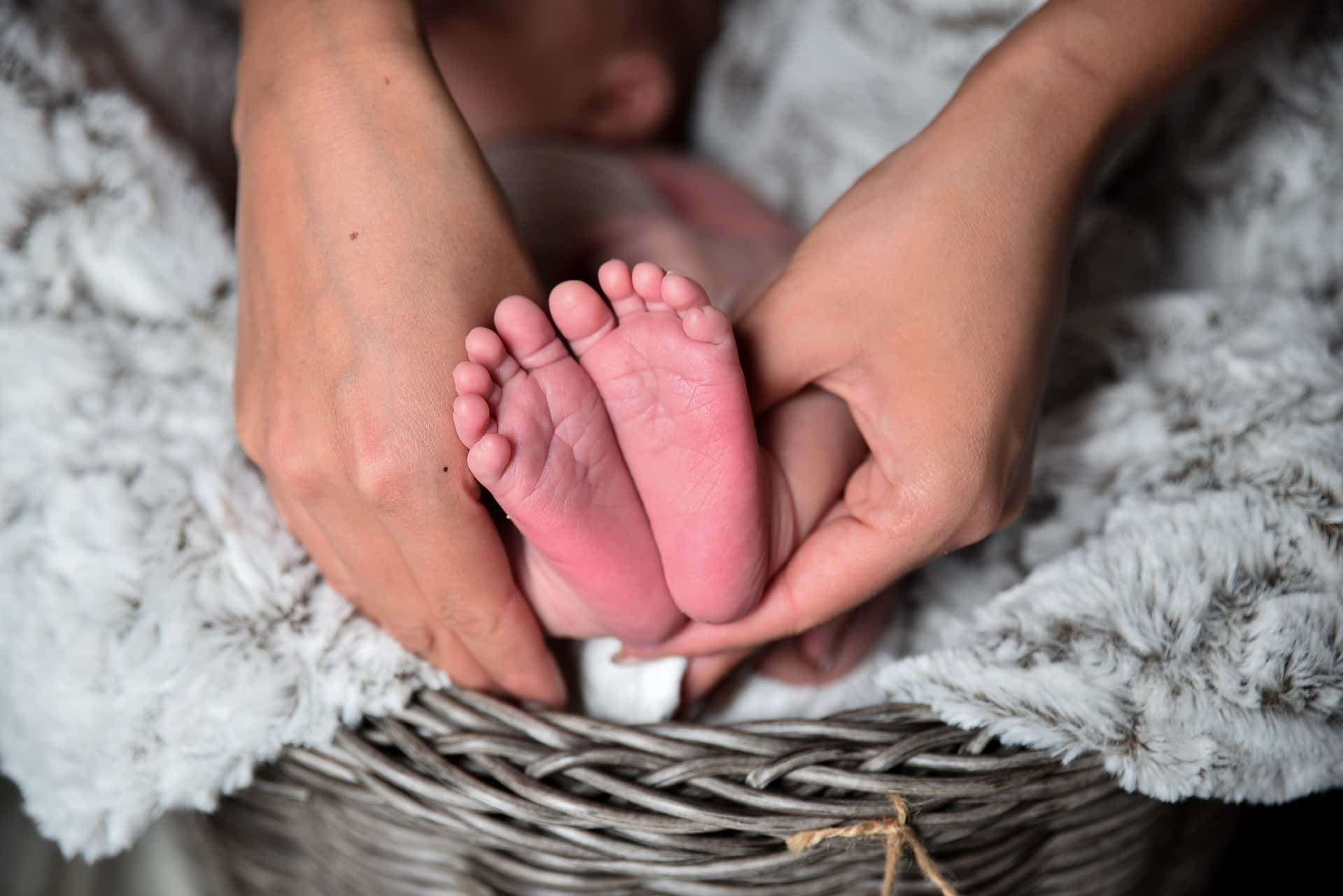There’s a good reason why What To Expect When You’re Expecting became a best-selling book. (Although there’s not really a good reason why it was made into a confusing flop of a film.) Despite the fact that humans have been giving birth for thousands of years, being pregnant and giving birth remain a mystery to many of us.
Beyond complaints of back pain and weird food cravings, people don’t necessarily share when it comes to the finer points of pregnancy. What does it feel like? Will I really have to pee all the time? How am I supposed to sleep? My feet will get how big? What do you MEAN, I’ll probably poop?!?!
So, What Do You Expect?
It goes without saying that having a baby is a life-changing experience. Many people think of this sort of abstractly, in terms of lifestyle: welcoming a new life and forming a family. But the changes actually go far above and beyond that. There are physical and physiological changes, changes in the way the brain works, and changes in the way people treat you.
Each trimester has its own set of challenges to face.
The First Steps
From the very moment of conception, the body begins a series of changes. Although they may not be noticeable on the outside, they’re definitely happening. Of course, at this point, many women may not even know that they’re pregnant. Immediately after fertilization, the newly fertilized egg begins moving down the fallopian tube before attaching itself to the uterine wall.
About a day into the journey, cell division begins within the fertilized egg. This starts the process that will turn that ball of cells into an embryo, then a fetus, and eventually a baby.
What to Expect in the First Trimester
Pregnancy is generally broken down into three trimesters of about three months, or 14 weeks each. In the first 14 weeks of pregnancy, many of the typical symptoms or side effects of pregnancy set in. These include ones like nausea, morning sickness, and tender breasts. While these may be the ones we’re familiar with from movies or TV, along with the classic “eating for two” chestnut, another major change happens to the body.
Pregnant women begin to breathe in a way that takes in 40% more air—literally breathing for two!
Of course, these aren’t the only symptoms. Many women experience bleeding in the first trimester, which can be extremely scary. Most of the time it’s harmless. If it’s severe or accompanied by cramping, it could be a sign of a serious complication, like miscarriage or ectopic pregnancy, and should be addressed with a doctor immediately.
Other symptoms of pregnancy that occur during the first trimester include discharge, fatigue, frequent urination, and weight gain. It’s a real non-stop thrill ride! More significant symptoms that could point to dangerous complications include intense abdominal pain, serious bleeding, and rapid weight gain.
Anyone who experiences these symptoms in the first trimester should see a doctor immediately.
Doctor, Doctor, Give Me the News
Anyone who is planning to get pregnant should begin seeing a doctor beforehand anyway, but once you are pregnant, getting good pre-natal care from a health professional can greatly increase your chances of a safe and smooth pregnancy. Taking a folic acid supplement can also help reduce the chance of birth defects when you’re expecting.
Your body may also require more calcium to help the baby develop. While you may not be showing signs of pregnancy outwardly yet, there’s a lot of rapid development going on inside, and your doctor will be able to hear the baby’s heartbeat around the 10th or 11th week of pregnancy.
What to Expect in the Second Trimester
If you were afflicted by morning sickness and fatigue in your first trimester, good news. It should clear up in the second trimester, with relatively smooth sailing throughout this important time in your pregnancy. In fact, it’s recommended that women who are expecting take this relatively easy time in the pregnancy to plan for what will happen after the baby arrives—from the birth plan to the baby’s room to arrangements for maternity and paternity leave.
Despite this being the “easy” trimester, pregnant women at this point may experience back pain, breast enlargement, frequent urination, hair growth, headaches, congestion, heartburn, constipation, and hemorrhoids. Some half of women will even be afflicted with bleeding gums as a result of increased sensitivity.
As always, the more serious side effects mentioned in the first trimester section (bad pain or cramping, severe bleeding, etc.) should be monitored during this time—if any occur, a visit to the doctor or hospital is in immediate order.
That Pregnancy Glow
While many of the physical symptoms mentioned above can be annoying, it’s also a time for some positive changes as well. The second trimester is the period when some women will experience the stereotypical pregnancy “glow”—a result of fluctuating hormone levels affecting the skin. At around 20 weeks of pregnancy, women who are expecting may also begin to feel fluttering movement in their bellies, in what is known as "quickening." Exciting!
Also, depending on how you feel about shopping, it may be time to start looking for maternity clothes, as regular-fit jeans may not be cutting it anymore. While we’re speaking of accessories, you may want to get a body pillow to help you adjust to a new sleeping style, now that your belly is growing and your body is changing.
Test Time
This next part may end up being one of the most important tests you ever take, but there’s no way to study for it. During the second trimester, your doctor may encourage you to take a quad mark screening test, which is meant to screen for Down syndrome and other abnormalities. Alternatively, they may want to test a sample of amniotic fluid.
Between 18 and 22 weeks, it should be time for one of the most exciting clinic visits of all: the mid-pregnancy ultrasound. If the baby is in the right position, the clinician may be able to tell the expecting parents what sex it is. During the midpoint of the pregnancy, the baby will begin to move much more, and it can hear sounds, including the mother’s voice and heart—it may even get startled by some of them.
What to Expect in the Third Trimester
If you’re pregnant or expecting and have made it to the third trimester, you’re almost there! Many of the symptoms that began earlier in the pregnancy, like back pain and breast enlargement, will persist. Some symptoms will be even stronger, like the frequent urge to urinate, which may turn into occasional leakage.
You also may begin to experience new symptoms as well, like spider or varicose veins or swelling in the ankles. Braxton Hicks, or false contractions, can also show up in the third trimester. The third trimester is where the most weight gain takes place, and is also when the shape of the belly shifts as the baby turns downwards in preparation for birth.
When this happens, the pressure of the baby on your lungs will ease up. Nonetheless, the new position will transfer that pressure to the bladder. The combination of weight gain and hormones may also result in certain skin changes, including stretch marks and the linea negra, a dark line that runs down the abdomen. The nipples or areolas may also darken in color.
Your breasts may begin to leak colostrum, a yellow-ish liquid, in preparation for milk production.
Unexpected Arrivals
There are signs to look for at this time that may indicate early labor, and if any of them occur, the expectant mother should see a doctor or go to a hospital ASAP. These include cramps, leakage of amniotic fluid, and discharge followed by the passage of a mucus plug. If addressed quickly enough, symptoms of early labor can sometimes be reversed.

Sign up to our newsletter.
History’s most fascinating stories and darkest secrets, delivered to your inbox daily. Making distraction rewarding since 2017.
What to Expect When You Go Into Labor
While you may have been given a due date by your doctor, babies are famously unreliable. So as you approach your due date, look out for typical symptoms of labor. We’ve all heard stories of women being in labor for hours upon hours if not days. However, the body technically begins preparing for labor weeks beforehand—the aforementioned shifting of the baby in the abdomen is part of that.
Of course, one tell-tale sign is the “water breaking”—actually a rupturing of the membranes of the amniotic sac. The majority of pregnant women go into labor within a day of this happening. If they do not, doctors may find it necessary to induce labor. Contractions may start. When they’re roughly 10 minutes apart or less, that indicates the body is going into labor.
Stages of Labor
In the first stage of labor, the cervix begins to expand. If you’re in the hospital, doctors or nurses will frequently measure in order to keep track of the delivery process. As the cervix opens more, contractions will become more painful. Still, it’s not quite time to push yet. You must wait until the cervix is fully open. This is second stage of labor.
What to Expect as You Deliver
Once the cervix is opened, you will be encouraged to push. The combination of contractions and pushing will shuttle the baby down the birth canal. Once the head is free, the doctor will clear the baby’s nose and mouth so it can begin breathing on its own. Then, the woman delivers the baby from the shoulders down.
Once the baby is free and breathing on its own, the umbilical cord can be cut. There is a third and final stage of labor, where the placenta is delivered.
Every Delivery Is Different
Just as every pregnancy is different, so is every delivery. The amount of time that it takes to deliver and the amount of pain experienced varies from woman to woman. There are natural and drug options for pain management, which should be discussed with your OB-gyn long before your due date, so a plan is in place can be adapted depending on how delivery goes along.
What to Expect After Giving Birth
Occasionally, a doctor will make a cut called an "episiotomy" in the area between the vagina and anus in order to help deliver the baby. After the baby is born, the area will be stitched up, which can be painful and uncomfortable. Other painful or annoying aftereffects include sore breasts, constipation, and incontinence.
The Baby Blues
The sheer amount of hormones coursing through your blood, the exhaustion and trauma from the labor itself, and the overwhelming emotions of welcoming a new life into the world can lead to what is often referred to as the “baby blues.” It includes symptoms of sadness, irritability, and crying—but if these persist after the first few days, it may be post-partum depression, which needs to be addressed by a medical professional.
Of course, it’s not all tears. The release of the hormone oxytocin during birth may assist in bonding between the mother and child, and creates a sense of well-being.
What More to Expect
There’s so much more to pregnancy, labor, and delivery than can be contained on one website. Perhaps that’s why the book What to Expect When You’re Expecting has expanded from 351 pages in its first printing to 616 pages in its most recent edition. Even some things that we take for granted, like that baby and mother should have skin-to-skin contact directly after birth, are relatively new ideas in the mainstream.
No one can know everything. However, a little preparation, keeping in close contact with a doctor, and taking it all with a grain of salt can help when you’re wondering what to expect when you’re expecting.






























